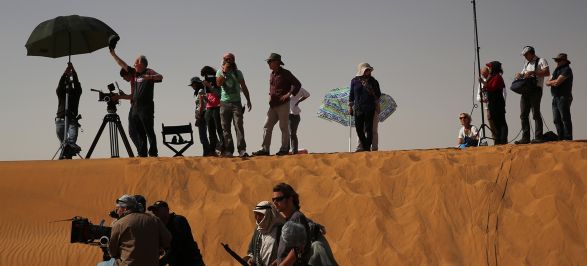
‘Queen of the Desert’, USA, 2015, directed by Werner Herzog
© Lena Herzog
Werner Herzog Archive
General information
-
Contact
To the Personal Papers and Company ArchivesConnie Betz
Head of Collections
+49 30 300903-40
cbetz [at] deutsche-kinemathek.de (cbetz[at]deutsche-kinemathek[dot]de)Please contact us prior to your visit to determine the availability of access to our archives.
-
Werner Herzog
The Official Website
For the most part, the director Werner Herzog has produced his films through his own production company. At the end of 2009, Lucki Stipetić, the director’s brother and business manager of the Werner Herzog Film GmbH, gave the company’s production archive to the Deutsche Kinemathek. The archive was expanded and enhanced with numerous documents in the summer of 2012. It offers insights into the working methods and the production processes of the director, who, according to ‘Time Magazine’, is ranked among the 100 most influential personalities in the world.
In addition to work photos and film stills, the archive includes extensive production records, correspondence, contracts, film scripts, scripts with annotations and even props. Press clippings, posters, advertising materials, programs and playbills on feature films, documentaries and short films – as well as for his opera productions and stage plays – enhance the production archive. The earliest documents originate from the context of his first full-length film ‘Lebenszeichen’ (‘Signs of Life’, FRG, 1968); the most recent from his television series ‘Death Row’ (USA, 2012). In 2022, around 100 photographs by Lena Herzog were added to the collection, who has accompanied numerous productions in recent years as a stills photographer.
Photo gallery
-
 Aguirre, der Zorn Gottes19 images
Aguirre, der Zorn Gottes19 images -
 Auch Zwerge haben klein angefangen19 Images
Auch Zwerge haben klein angefangen19 Images -
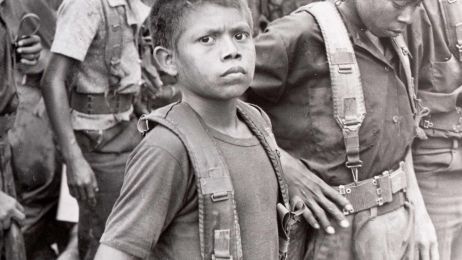 Ballade vom kleinen Soldaten11 images
Ballade vom kleinen Soldaten11 images -
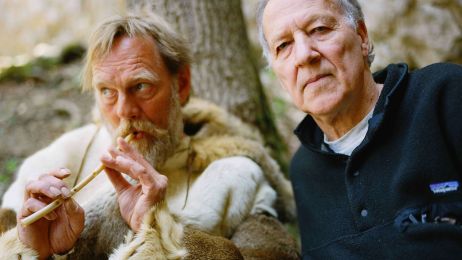 Cave of Forgotten Dreams13 images
Cave of Forgotten Dreams13 images -
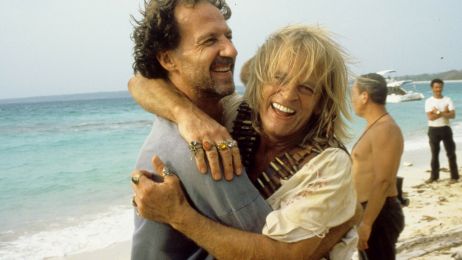 Cobra Verde21 images
Cobra Verde21 images -
 Death Row14 images
Death Row14 images -
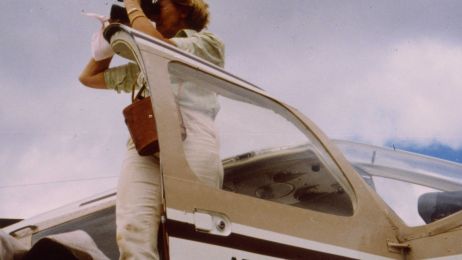 Die fliegenden Ärzte von Ostafrika4 images
Die fliegenden Ärzte von Ostafrika4 images -
 Die große Ekstase des Bildschnitzers Steiner8 images
Die große Ekstase des Bildschnitzers Steiner8 images -
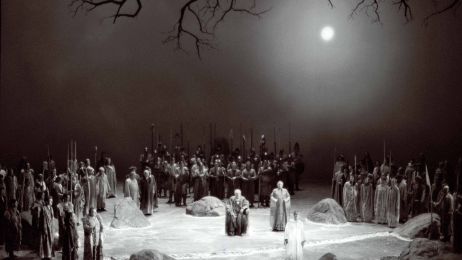 Die Verwandlung der Welt in Musik – Bayreuth vor der Premiere13 images
Die Verwandlung der Welt in Musik – Bayreuth vor der Premiere13 images -
 Fata Morgana20 images
Fata Morgana20 images -
 Fitzcarraldo29 images
Fitzcarraldo29 images -
 Gasherbrum – Der leuchtende Berg18 images
Gasherbrum – Der leuchtende Berg18 images -
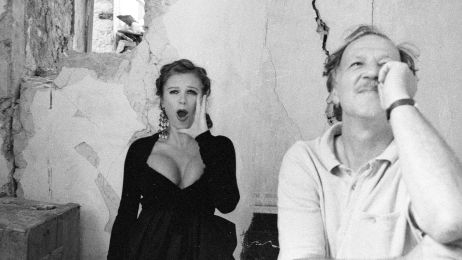 Gesualdo – Tod für fünf Stimmen18 images
Gesualdo – Tod für fünf Stimmen18 images -
 Glaube und Währung6 images
Glaube und Währung6 images -
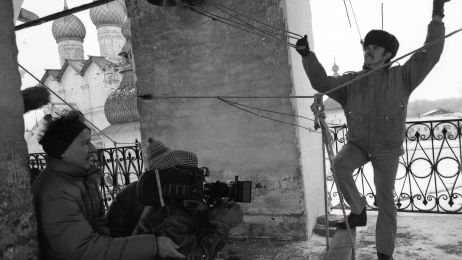 Glocken aus der Tiefe – Glaube und Aberglaube in Rußland13 images
Glocken aus der Tiefe – Glaube und Aberglaube in Rußland13 images -
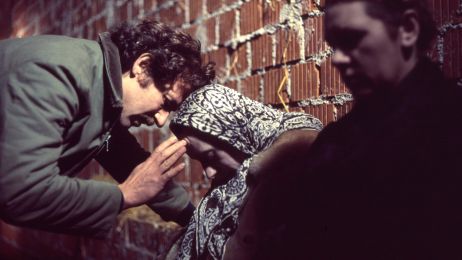 Herz aus Glas17 images
Herz aus Glas17 images -
 How Much Wood Would a Woodchuck Chuck8 images
How Much Wood Would a Woodchuck Chuck8 images -
 Huie's Predigt10 images
Huie's Predigt10 images -
 Into the Abyss10 images
Into the Abyss10 images -
 Invincible16 images
Invincible16 images -
 Jag Mandir – Das exzentrische Privattheater des Maharadjah von Udaipur10 images
Jag Mandir – Das exzentrische Privattheater des Maharadjah von Udaipur10 images -
 Jeder für sich und Gott gegen alle25 images
Jeder für sich und Gott gegen alle25 images -
 La Bohème8 images
La Bohème8 images -
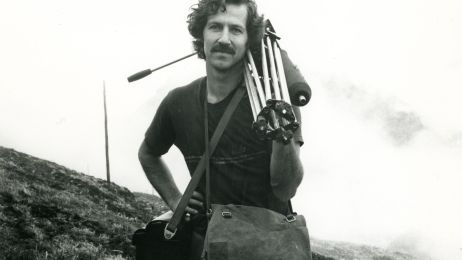 La Soufrière8 images
La Soufrière8 images -
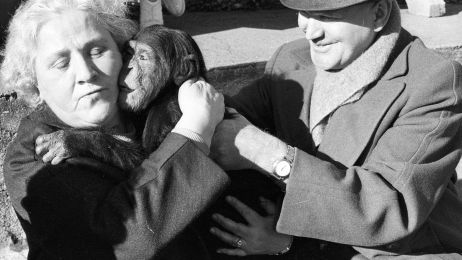 Land des Schweigens und der Dunkelheit11 images
Land des Schweigens und der Dunkelheit11 images -
 Lebenszeichen17 images
Lebenszeichen17 images -
 Lektionen in Finsternis10 images
Lektionen in Finsternis10 images -
 Letzte Worte2 images
Letzte Worte2 images -
 Little Dieter Needs to Fly / Flucht aus Laos (Höllenfahrten, Episode 1)17 images
Little Dieter Needs to Fly / Flucht aus Laos (Höllenfahrten, Episode 1)17 images -
 Mein liebster Feind19 images
Mein liebster Feind19 images -
 Mit mir will keiner spielen12 images
Mit mir will keiner spielen12 images -
 Neue Welten – Gott und die Beladenen (2000 Jahre Christentum, Episode 9)4 images
Neue Welten – Gott und die Beladenen (2000 Jahre Christentum, Episode 9)4 images -
 Nosferatu – Phantom der Nacht24 images
Nosferatu – Phantom der Nacht24 images -
 Queen of the Desert21 images
Queen of the Desert21 images -
 Rescue Dawn11 images
Rescue Dawn11 images -
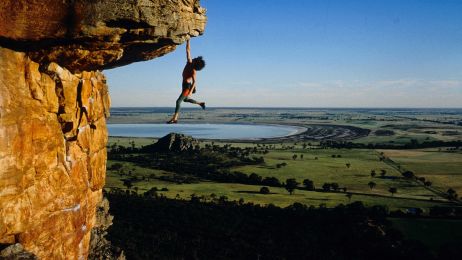 Schrei aus Stein18 images
Schrei aus Stein18 images -
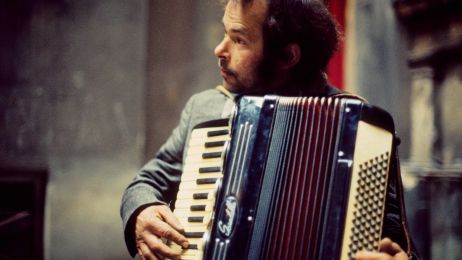 Stroszek23 images
Stroszek23 images -
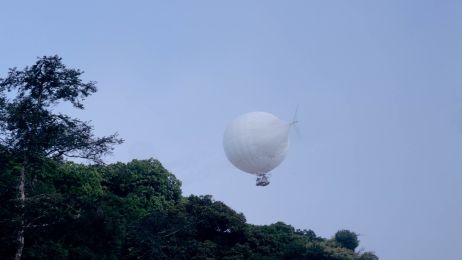 The White Diamond11 images
The White Diamond11 images -
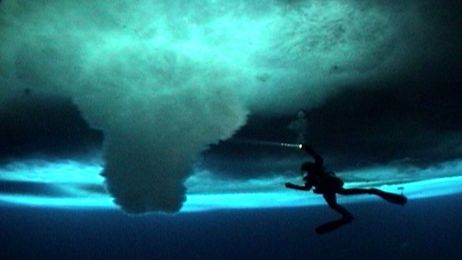 The Wild Blue Yonder7 images
The Wild Blue Yonder7 images -
 Wheel of Time18 images
Wheel of Time18 images -
 Wings of Hope / Julianes Sturz in den Dschungel16 images
Wings of Hope / Julianes Sturz in den Dschungel16 images -
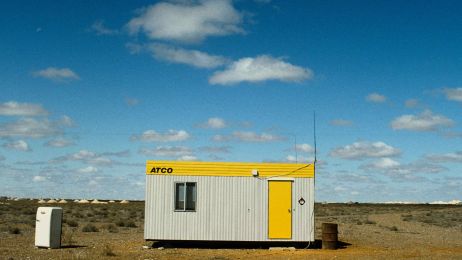 Wo die grünen Ameisen träumen19 images
Wo die grünen Ameisen träumen19 images -
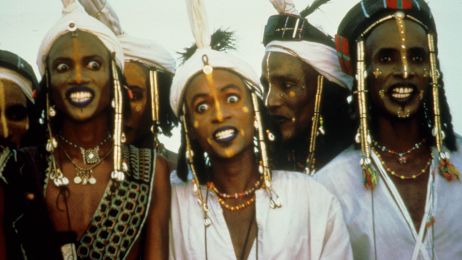 Wodaabe – Die Hirten der Sonne7 images
Wodaabe – Die Hirten der Sonne7 images -
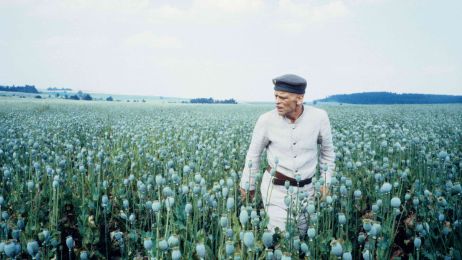 Woyzeck22 images
Woyzeck22 images
Inventory
Inventory
-
In German
Download (PDF)
Editorial note
The Werner Herzog Archive has been located at the Deutsche Kinemathek since 2009. It comprises more than 16,000 negatives, slides and prints related to films from all the creative periods of the director’s career – from Herzog’s first feature film ‘Lebenszeichen’ (‘Signs of Life’, FRG, 1968) to his four-part television series ‘Death Row’ (USA, 2012). Numerous images have not previously been published.
The majority of the photographs have been digitalized and indexed; a selection can be found in the online gallery. Only those films for which pictorial material is available are represented. These are mainly films where Werner Herzog’s film production company was involved in their making.
Some of the films, such as ‘Neue Welten – Gott und die Beladenen’ (‘The Lord and the Laden’, GER, 2000) are represented in the archive with only a few photos, others like ‘Fitzcarraldo’ (FRG, 1982) include several hundred. In some cases, such as ‘Woyzeck’ (FRG, 1979), set photographs have predominantly survived or they are almost exclusively working photos, as in the case of ‘Auch Zwerge haben klein angefangen’ (‘Even Dwarfs Started Small’, FRG, 1970). Consequently, the heterogeneity of the materials are also reflected in the selection, which, in our opinion, contain the most compelling or surprising photographs.
Editorial Comments
The photographs are divided into three categories: Set Photos, Character Portraits, Work Photos.
Set Photos: They represent a scene from a film and tend to document the camera’s position, space and lighting composition, as well as the performances of the actors – in the case of a movie.
Character Portraits: These photos concern staged portraits of one or several figures from the film. In contrast to the set photos, none of the action from the film is recreated and the gaze of the person(s) being portrayed is frequently directed toward the camera.
Work Photos: They represent an aspect of filming and show the cinematic production process: the technique employed, how the director deals with the actors and the how members of the film crew work with one another. Work photos have a documentary character, but in rare cases they may also be staged.
Photo Captions: The individuals depicted are noted in the photo captions as far as they are known. As a rule, identification is carried out from left to right and from top to bottom. In photographs of fictional characters, such as set photos and character portraits, the name of the role or the role description is placed in parentheses. The ordering of the photographs usually loosely follows the storyline in a film.
The photographs in the Werner Herzog Archive were taken by professional set photographers, such as Beat Presser or Lena Herzog and members of the film crew. Due to the extensive amount and heterogeneous pictorial material, it is often very difficult to unequivocally attribute authorship. Where an official set photographer is well-known, his/her name is mentioned in the filmographic information, but is not assigned to the individual photographs. The rights to the images belong to the Werner Herzog Film GmbH.
Sources
The filmographic information is based on the filmography by Chris Wahl in ‘Lektionen in Herzog’ (Munich, 2011) and was enhanced by information from ‘Herzog on Herzog’ (ed. by Paul Cronin, London, 2002), ‘Segni di vita’ (Grazia Paganelli, Turin/Milan, 2008), CineGraph, filmportal.de, wernerherzog.com and the credit listings of the films.
Digital Editing of the Images
No corrections to the tonal values were implemented, so that the color of some of the images may seem too intense or pale. Photographs age quite differently depending on their materials and storage. Corrections of contrast and color are always an intervention into the aesthetics and therefore an interpretation, which we did not wish to carry out in this case.
Credits
Project management: Julia Pattis, Werner Sudendorf
Cataloguing and Indexing: Sandra Schieke, Anke Vetter
Digitization: Iris Janke, Magdalene Loda
Image selection: Julia Pattis, Sandra Schieke, Werner Sudendorf
Content-related advice: Kristina Jaspers, Chris Wahl
Professional archiving support: Julia Riedel
Special thanks
We are indebted to Werner Herzog and the Werner Herzog Film GmbH, who have entrusted us with the archive, and are especially grateful to Lucki Stipetić, who supported us during the realization of the project and with the identification of crew members. Moreover, our special thanks extend to Chris Wahl, who stood by us with content-related help and advice and who kindly made his work documents on Werner Herzog available to us.
Copyright
All of the contents and photographs published in the context of the online presentation are protected by copyright and may only be used by third parties with prior written consent.